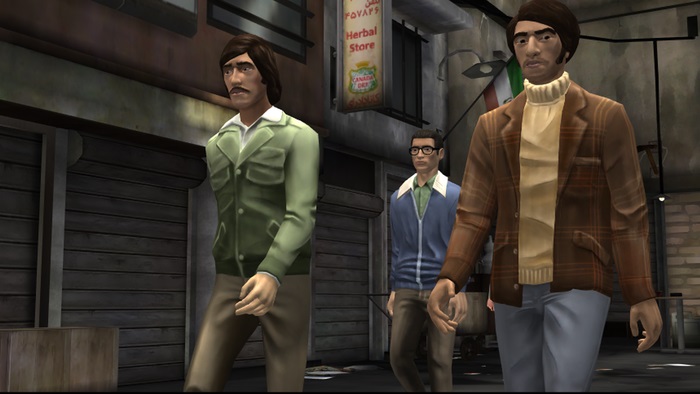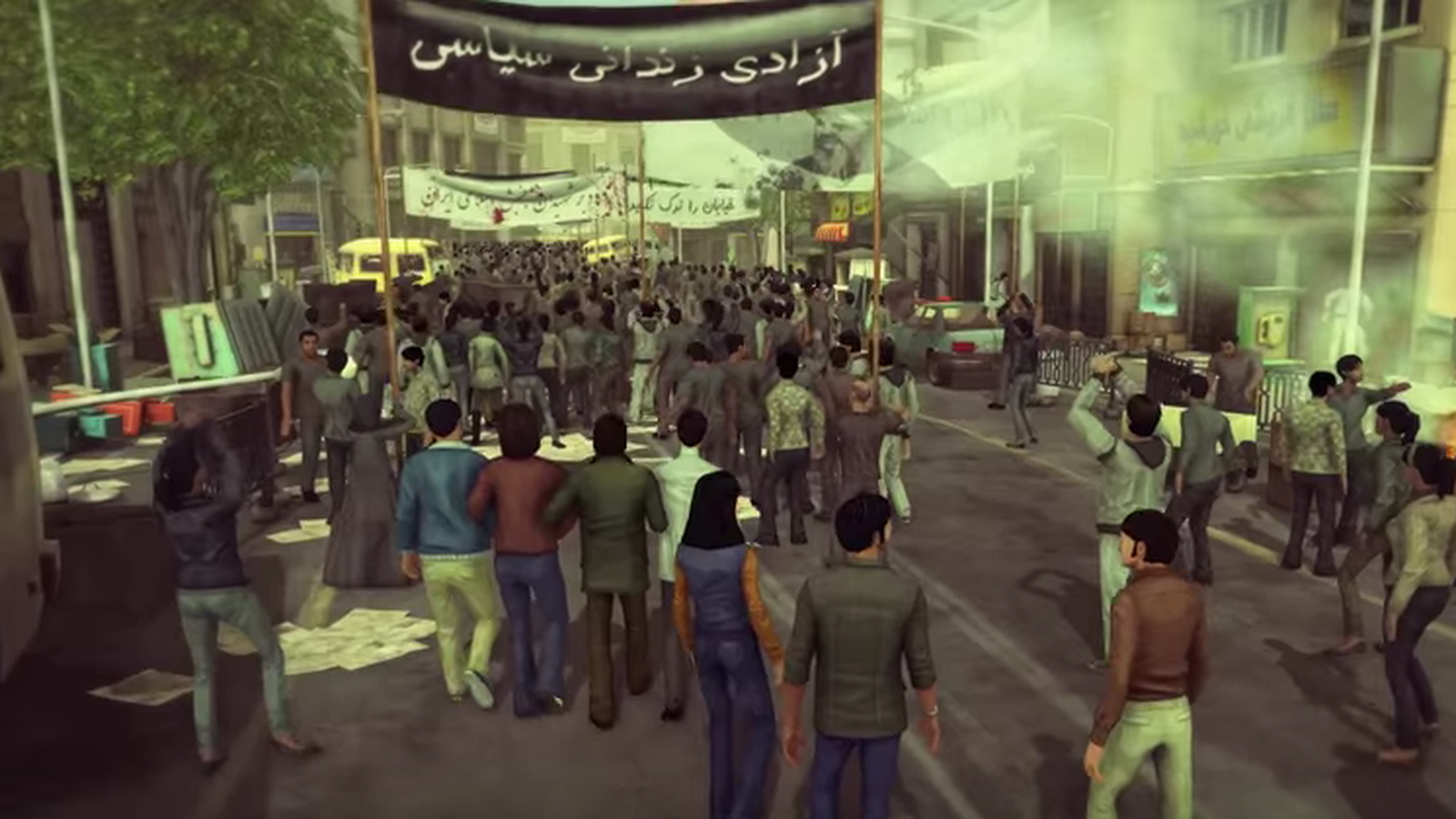Hello everyone, and welcome to Games of History! Or rather, you may want to welcome Games of History here to Cliqist. For over a year, I’ve been producing Games of History on my own – you may have read some of the companion articles we’ve posted here and at our sister site New Normative.
What is GoH?
Games of History is a series of videos where I, Josh Griffiths, examine the authenticity of history-based video games. But it’s more than that. Together, we’ll examine culture, politics, religion, science, and the economies and philosophies that drive ancient societies, and how they work through the lens of video games.
Now, Games of History has invaded these hallowed indie gaming shores for good. From now on, the series has a permanent home on the Cliqist YouTube channel. Today’s episode is an edited version of a video a few months ago, possibly one of my favorite older videos I’ve done.
The Iran Nuclear Deal
In 2015, Iran and the UN Security Council agreed upon the Joint Comprehensive Plan of Action, more commonly referred to as “the Iran Deal.” This deal would, on paper, put an end to the possibility of Iran developing nuclear weapons, while still allowing the government to further pursue the use of nuclear energy. If the deal stays in place, then Iran will be required to reduce its reserves of enriched uranium, as well as the number of centrifuges they have to produce it. Conversely, the UN will lift economic sanctions on Iran, freeing up billions of dollars of frozen assets, mostly tied to oil sales.
The following year, UN nuclear inspectors confirmed that Iran has mostly completed their terms of the deal, including shipping 25,000 pounds of uranium out of the country. They dismantled two thirds of their centrifuges, and provided access to all their nuclear facilities. The deal had its critics, especially in the US among groups who preferred a more confrontational approach towards Iran. But, for now, it ensures a peaceful outcome to what could have become a nuclear catastrophe.
With the election of Donald Trump as President of the United States, the deal is in jeopardy. As recently as September 2017, Trump said he’s “decided” on what to do with the Iran Deal, just that he won’t tell anyone what that decision is.
Why is it that tensions between the United States and Iran always seem to be running high, and why are so many politicians openly singing with glee about potentially starting a nuclear war with the Middle Eastern nation? To answer those questions, we have to go back over a hundred years. Luckily we won’t be going it alone, as we’ll have 1979 Revolution: Black Friday to guide us.
1979
1979 Revolution: Black Friday is the brainchild of iNK Stories and Navid Khonsari an Iranian-Canadian developer who’s previously worked at Rockstar on several Grand Theft Auto games, and most recently as a producer on Resident Evil 7. This is a modern point and click adventure along the lines of a TellTale game in that it’s narrative heavy and the gameplay mainly consists of dialog options.
It follows the events of the Iranian Revolution, making the game itself fairly… revolutionary. It’s rare you see a game about a subject matter that’s this inherently political, especially one in which America can be seen as the bad guys, and even more so when you don’t actually play as an America.
Originally titled just 1979: Revolution, iNK Stories sought support on crowdfunding site Kickstarter in November 2013, but the project failed to reach its three hundred and ninety five thousand dollar goal. There have been some similar games seeking to tell stories about the Middle East that diverge away from the typical fodder. Some of those include That Day We Left, another failed Kickstarter game about Syrian refugees.
For more on the game, and the Iranian Revolution for which the game is named after, check out the video above, or check out Cliqist’s YouTube channel for more videos just like this.






